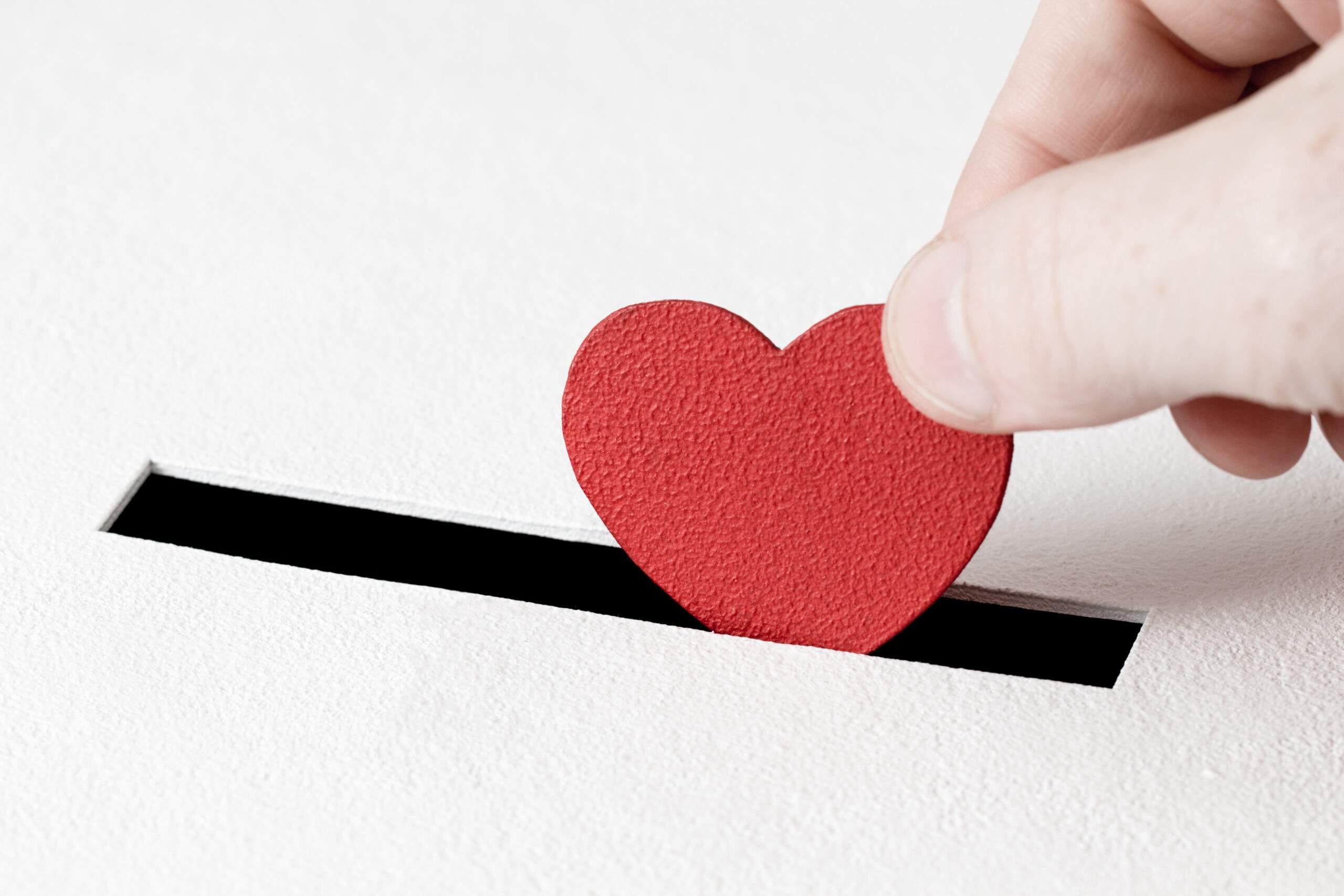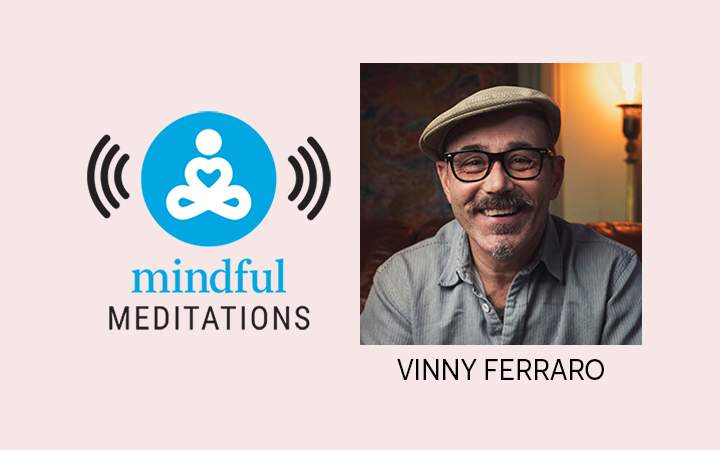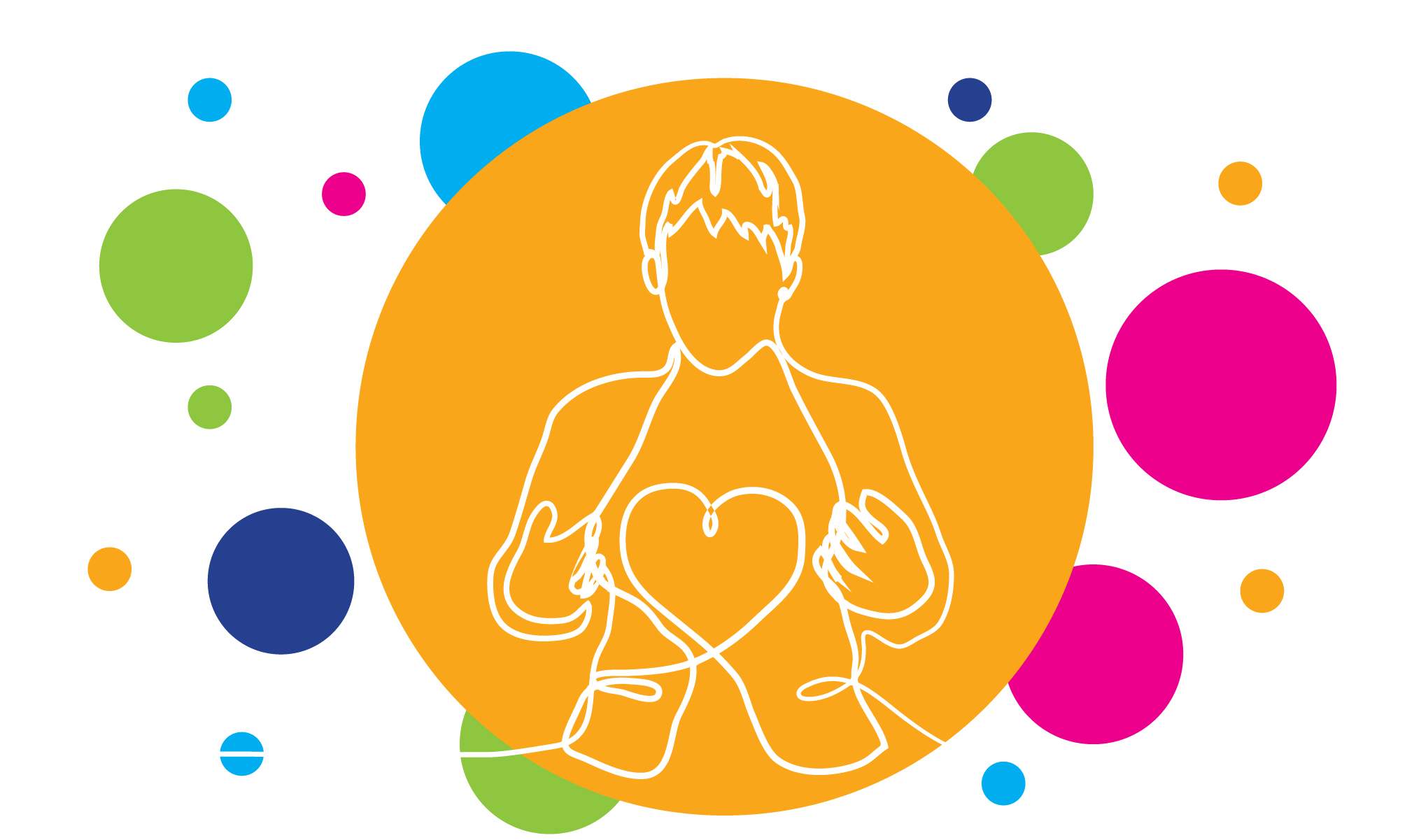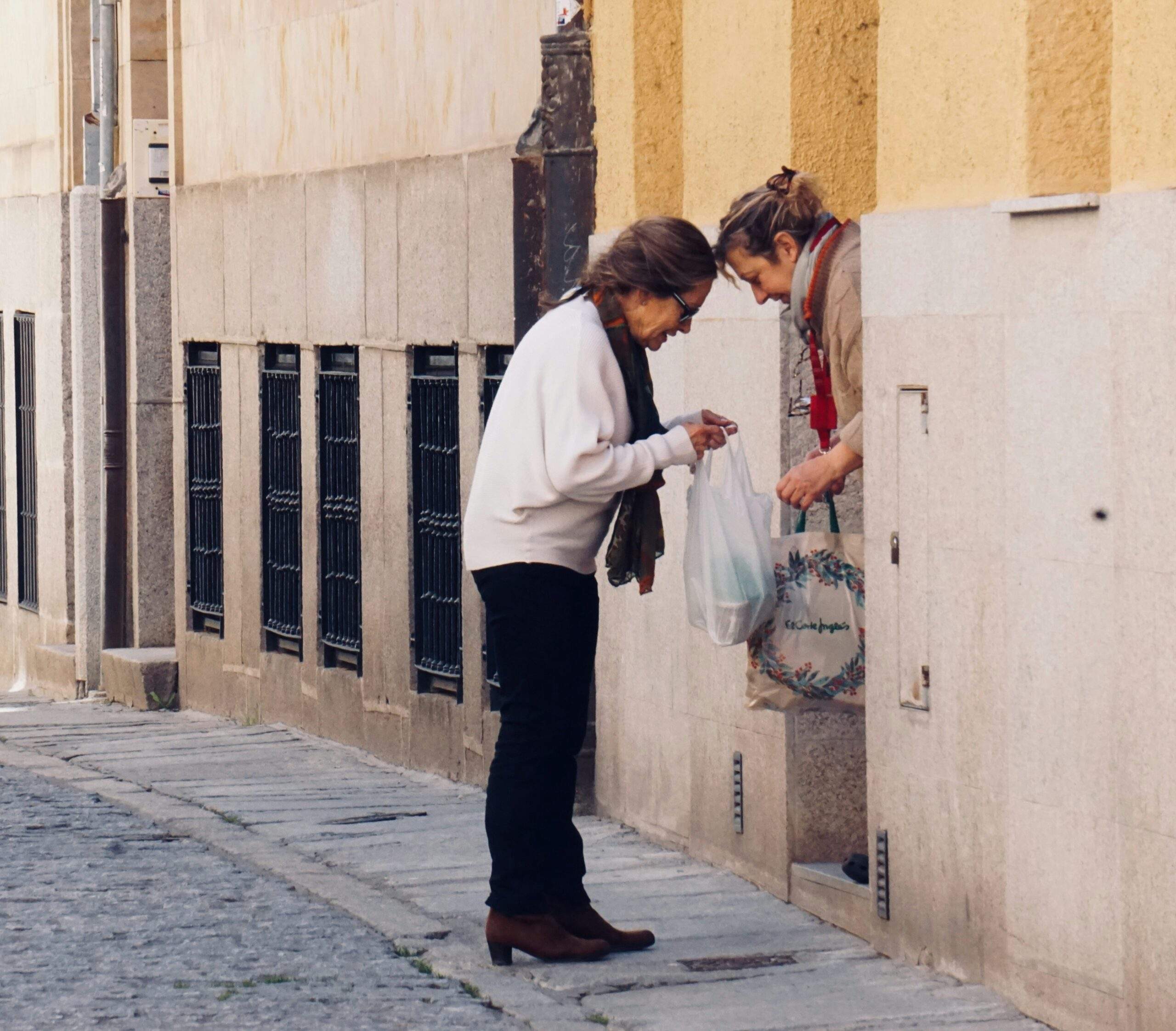While compassion is a state of being, and the inner experience of extending love to all beings, including yourself, contribution is the active expression of compassion. In other words, it is externalized compassion.
The act of contribution takes on many different forms. You might donate your time at a local senior center, set aside a certain amount of money each year for charitable giving, or engage in small random acts of kindness.
Whether it’s giving up your seat on a crowded bus or helping the person in front of you on an airplane hoist a carry-on into the overhead bin, each day there are countless opportunities to contribute to the lives of others. But in the midst of our ordinary mind wandering, we often miss these moments.
Whether it’s giving up your seat on a crowded bus or helping the person in front of you on an airplane hoist a carry-on into the overhead bin, each day there are countless opportunities to contribute to the lives of others.
We’re able to make a habit of noticing these everyday opportunities by shifting toward actions that contribute to the lives of those around us, and then rewiring our behavior by savoring the richness of the feeling that almost always accompanies the act. These random acts of kindness have a two-way effect. They improve the lives of those around us. And yet they also have a profound effect on our own well-being. Acts of contribution lead to increased optimism, enhanced immunity, and a neurological shift that scientists call the ‘helper’s high’.
The Science of Helping Out
Over the last thirty years, researchers have amassed an overwhelming amount of empirical evidence that proves that the act of contributing to others—while working, volunteering, donating money, or even thinking about doing good—provides powerful physiological and neurological benefits.
David McClelland, a behavioral psychologist at Harvard, conducted one of the earliest studies in this area. That study revealed that simply thinking about contributing to the lives of others enhances our immune system. McClelland presented subjects with a short film on Mother Teresa’s work with orphans in Calcutta. He then observed what is now known as the ‘Mother Teresa Effect’: by watching the example of someone like Mother Teresa, subjects showed significant and lasting increases in immunity.
Subsequent studies have confirmed the powerful ripple effect that contribution has on individuals. Studies of cardiac patients and patients with multiple sclerosis show that when these patients spend time supporting other patients their levels of depression decline, and they tend to live longer.
The benefits of contribution can also be noticed in the brain. Recent neurological imaging studies by Jorge Moll show that contribution generates a helper’s high, an effect that can be observed in the brain. In one study, researchers examined the effects of having subjects make a donation to a charity. This act can be seen activating the mesolimbic pathway—a part of the brain that enables us to experience the dopamine-mediated pleasure that arises from eating and sex.
A Practice for Noticing Opportunities to Contribute
The most rewarding acts of contribution are often unplanned and improvisational. They arise in the moment: when you pass a motorist whose car just broke down or spot a child searching for their parent in a department store. This practice will help you become more alert and awake to these possibilities.
Step 1: Notice
Become aware of the almost limitless opportunities to contribute. Consider a quick trip to the grocery store. You pull into the parking lot and notice a prime spot open in the front row. Do you dart into the spot or let the driver in the other lane take it? When you enter the store, you notice a woman in the produce aisle just tipped over a container of blueberries. Do you walk past as you continue shopping or stop to help her pick them up? At the checkout counter, you notice that the person behind you has only two items while you have a full cart. Do you let them ahead of you, or do you stick to your place in line? It’s certainly not wrong to pass up these opportunities. In fact, we do just that every day—that’s why small everyday acts of kindness can be so powerful.
So as you go throughout your day-to-day life—as you ride the elevator in your office building, shop, dine out, drive, and talk with others—notice all the ways you could make someone else’s day just a little bit better.
Step 2: Shift
At first, remembering to notice opportunities to contribute is the hard part. Shifting is much easier. It happens almost automatically when you make the choice to act in ways that improve the well-being of others. If you notice, for example, that you tend to race ahead of other people so that you can get a better spot on the waitlist at a busy restaurant, shifting is the act of slowing down and letting the people ahead of you go first.
Step 3: Rewire
Take 15 to 30 seconds to reflect upon the experience of having contributed. This is compassion in action. You are life contributing to another life. Feel what it’s like to be in this new state of mind. Encode this way of engaging in life deep in your brain and nervous system.
Adapted from Start Here: Master the Lifelong Habit of Wellbeing by Eric Langshur and Nate Klemp, PhD.
READ MORE
Nourish Compassion with Vinny Ferraro
In this four-part series, you’ll discover the power of compassion and explore how it can help you connect more deeply with both yourself and others. Read More
6 Ways to Build a Culture of Compassion
Scott Shute, the former head of Mindfulness and Compassion at LinkedIn, shares a few simple gestures that can help foster compassion in our workplaces, families, and communities. Read More
How to Be More Compassionate: A Mindful Guide to Compassion
Through loving-kindness and practicing awareness, you can connect more deeply with both yourself and others. Explore our new guide to lean into kindness and cultivate compassion every day. Read More











